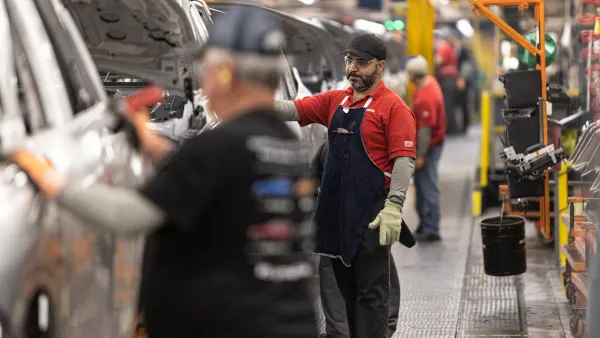Dive Brief:
- General Mills expects grocers to replenish shelves at a faster clip through the end of the year than they did in the previous quarter, executives said on a Thursday earnings call. The consumer packaged goods firm also anticipates demand to remain high as long as consumers are spending more time at home.
- The cereal giant shored up its internal production capacity with third-party manufacturers in the last two quarters but has not needed to use it as much as expected, said Chief Financial Officer Kofi Bruce. Executives expect to need the external capacity through next year.
- CEO Jeff Harmening said the company hadn't managed to build inventories in the quarter ending Nov. 29, in part due to sluggish replenishment orders from grocers.
Dive Insight:
When it comes to demand planning in 2020, grocery vendors have had to build the necessary capacity to fulfill retailer orders while also dealing with an unpredictable cadence of those orders from grocery buyers. Both can throw off careful planning and, in the case of General Mills, leave acquired capacity unused.
The sometimes awkward syncopation of orders and production has led several CPGs to lean harder on external manufacturing than in previous years.
"I would say we are going external not due to lack of competence, but primarily because it provides greater agility. It’s faster to get into the capacity, and then to the extent we don’t see the capacity stick, then it’s easier to get out and we don’t spend the capital doing it," said Harmening in September.
General Mills put in place external production capacity across several product categories in the last few months, as did Conagra. And Clorox has built up a global network of third-party manufacturers to satiate demand for disinfectant wipes, CEO Linda Rendle said on the company's August earnings call.
Grocery suppliers have been playing catchup for most of 2020. In the pet food category, for example, General Mills shipments were roughly 9% behind demand in the first half of the year, according to North American Retail President Jon Nudi. By November, Nudi estimated the company was still roughly 5% behind — with full catchup expected in the first quarter of 2021.
Though elevated demand has continued throughout the pandemic, the last six months have also been dotted with spikes as coronavirus cases go up in regions around the country. Walmart reported in November that stockouts were tracking with coronavirus cases at the local level.
And going forward, Harmening said the baseline for demand may shift from category to category depending on how consumer behavior changes.
"To the extent that people work from home that would speak to the breakfast occasion or lunch occasion as occasions that will have the opportunity to benefit longer term. And so, it is possible that our mix changes," Harmening said.
This story was first published in our weekly newsletter, Supply Chain Dive: Operations. Sign up here.














